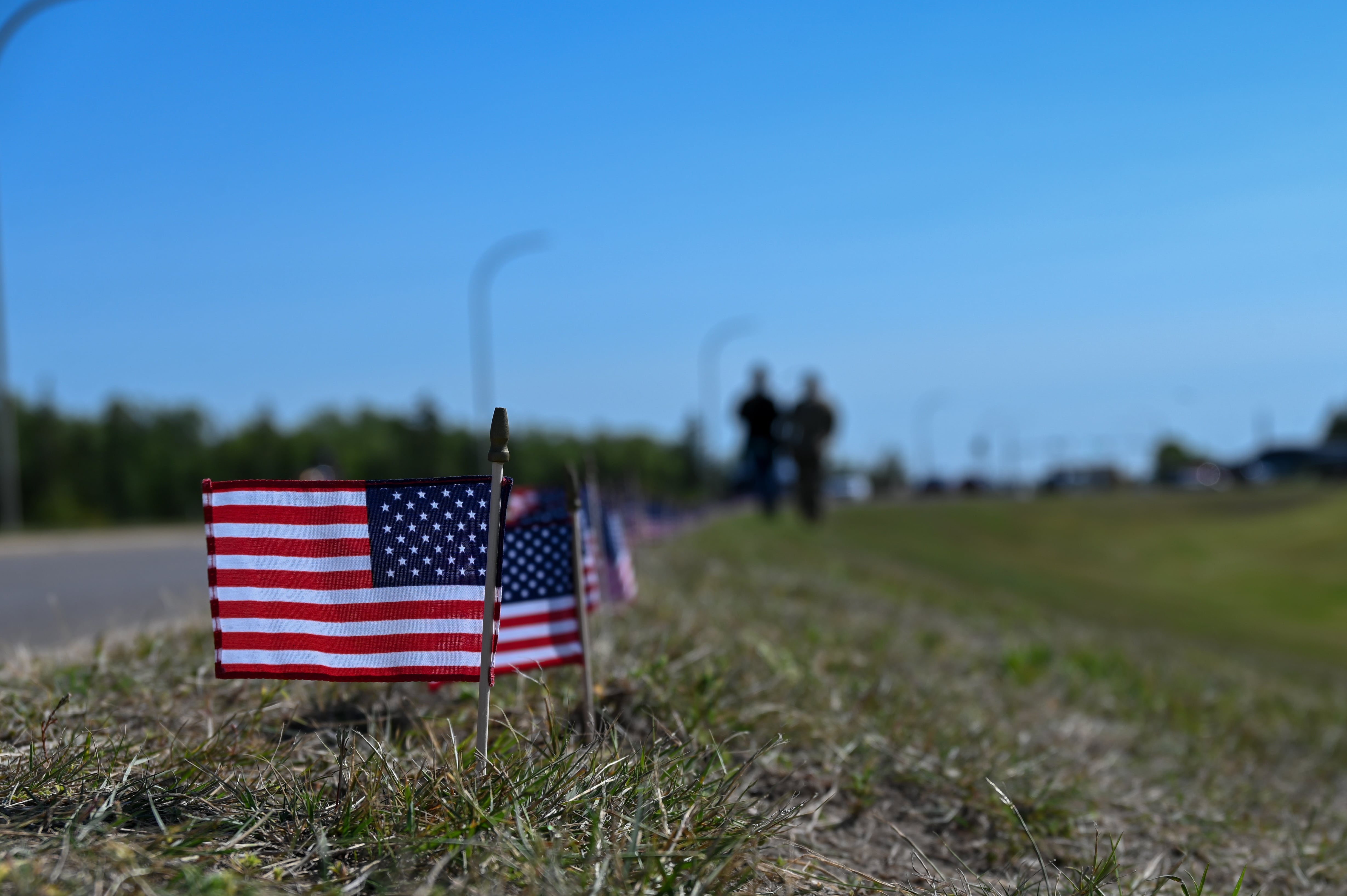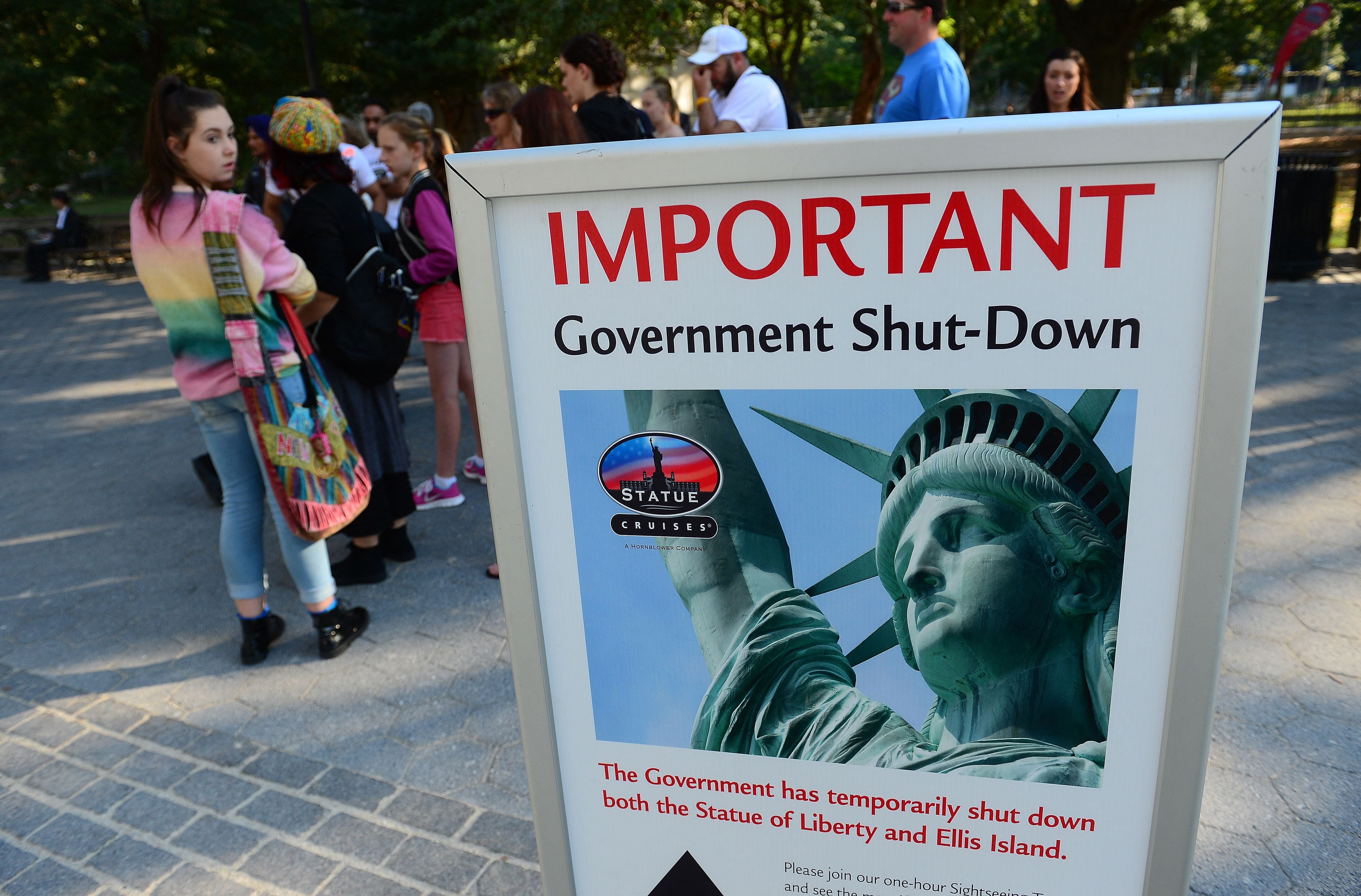United Airlines has launched a new program to help “demystify” the application process for separating military pilots, making it easier to go to work for the company.
The United Military Pilot Program allows aviators to meet their civilian pilot requirements while finishing their military careers and provides a “more straightforward pathway for military pilots who choose to separate,” Michael Cooper, United’s senior manager for pilot strategy, told Military Times.
There are about 16,000 United pilots, of whom more than 3,000 have served or now serve in a reserve component. United hired more than 4,000 pilots in the past 24 months and expects to add another 10,000 this decade. The company also anticipates taking delivery of about 700 new aircraft by 2032.
This isn’t about any pilot shortage, Cooper said. “United doesn’t have a shortage of quality applicants.”
Instead, it’s part of United’s strategy to improve opportunities for veterans.
“We really value the experience and quality of character that’s represented by our veteran population,” he said.
Several parts of the program will “demystify” and streamline the transition, Cooper said. “We will interview them [and] bring them on with a conditional job offer before they have met all of our hiring requirements.”
One key is for United to be able to talk to active duty pilots “just as they’re beginning to contemplate leaving the military and thinking about going to a civilian airline.”
Another key is that military pilots won’t need to have an Airline Transport Pilot Certificate before they apply with United. That certificate, the Federal Aviation Administration’s highest certificate, requires certain tests and minimum flight hours. Military pilots don’t have to have the ATP certificate; civilian airline pilots do. United’s “pilot buddies” program will pair active duty members with a currently flying United pilot, who will help navigate the complexities of dealing with the FAA and getting the ATP certificate before they join United.
“Part of the goal is to schedule their start date at United in a way that works for them and their families,” Cooper said, to include getting their ATP certificate before they separate from the military so they can start training with United while on terminal leave.
In addition, pretty early on after starting United’s training program, they’ll find out which United base they’ll be assigned to, which could enable them to schedule their final military permanent change of station move to that location — a big savings for military families, Cooper said.
“Having a program like this would have been very beneficial for me when I made the transition 10 years ago,” said Kenneth “KP” Kirkpatrick, a United 737 captain and assistant chief pilot at Los Angeles International Airport. He served on active duty in the Air Force for 12 years. Now a lieutenant colonel in the Air Force Reserve, Kirkpatrick commands the 729th Airlift Squadron out of March Air Reserve Base near Riverside, California.
When he made the jump from active duty to civilian aviation, Kirkpatrick said, he wanted to make sure he timed the transition so he didn’t miss United’s hiring window.
“The thing that service members often struggle with is that they want to continue to serve honorably,” he said. “So, you don’t want to cut your career short because the industry is kind of dictating it. Having a program like this allows service members to continue serving honorably, but allows you to have that planning piece.”
It removes some of the stress when making that transition, he said.
“It would have been very helpful to have someone in the industry who already had that [ATP certificate] who could have walked me through that transition and walked me through that process,” he said.
While the process varies for different people, it took him about a month to get his ATP certificate, balancing his active duty work schedule while flying on the outside to meet the requirements. He was hired by United 10 months before his transition from active duty.
Karen has covered military families, quality of life and consumer issues for Military Times for more than 30 years, and is co-author of a chapter on media coverage of military families in the book "A Battle Plan for Supporting Military Families." She previously worked for newspapers in Guam, Norfolk, Jacksonville, Fla., and Athens, Ga.





